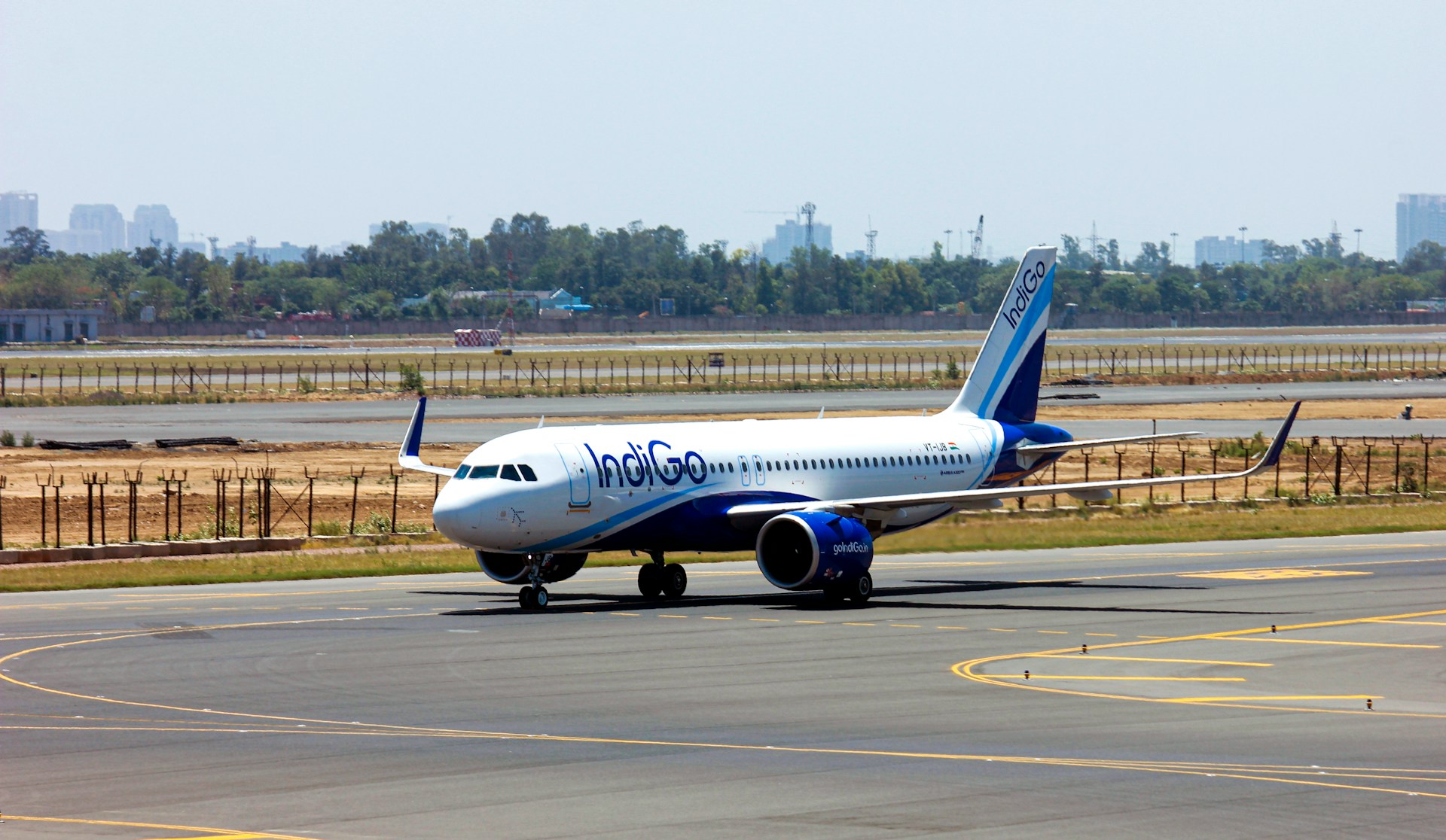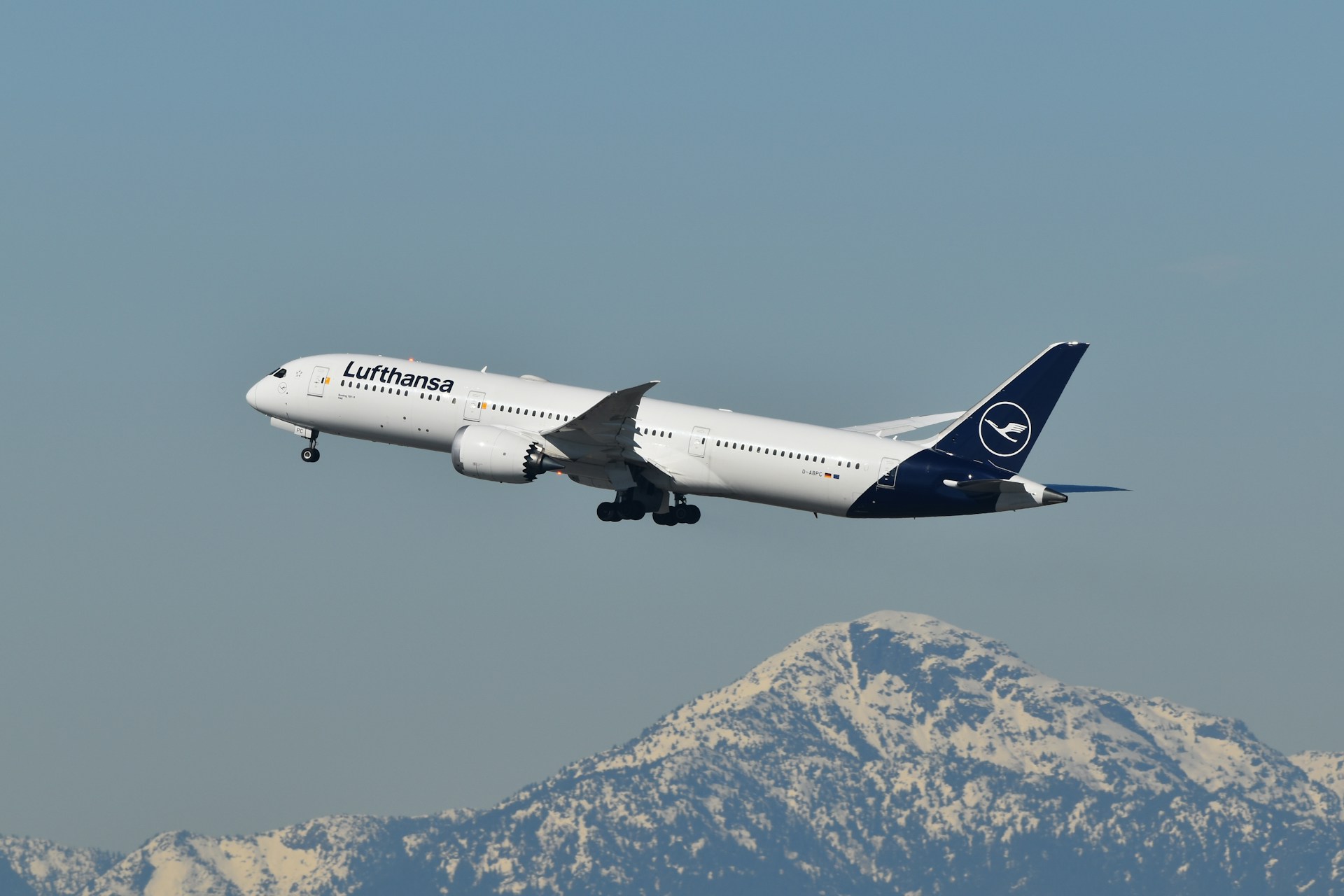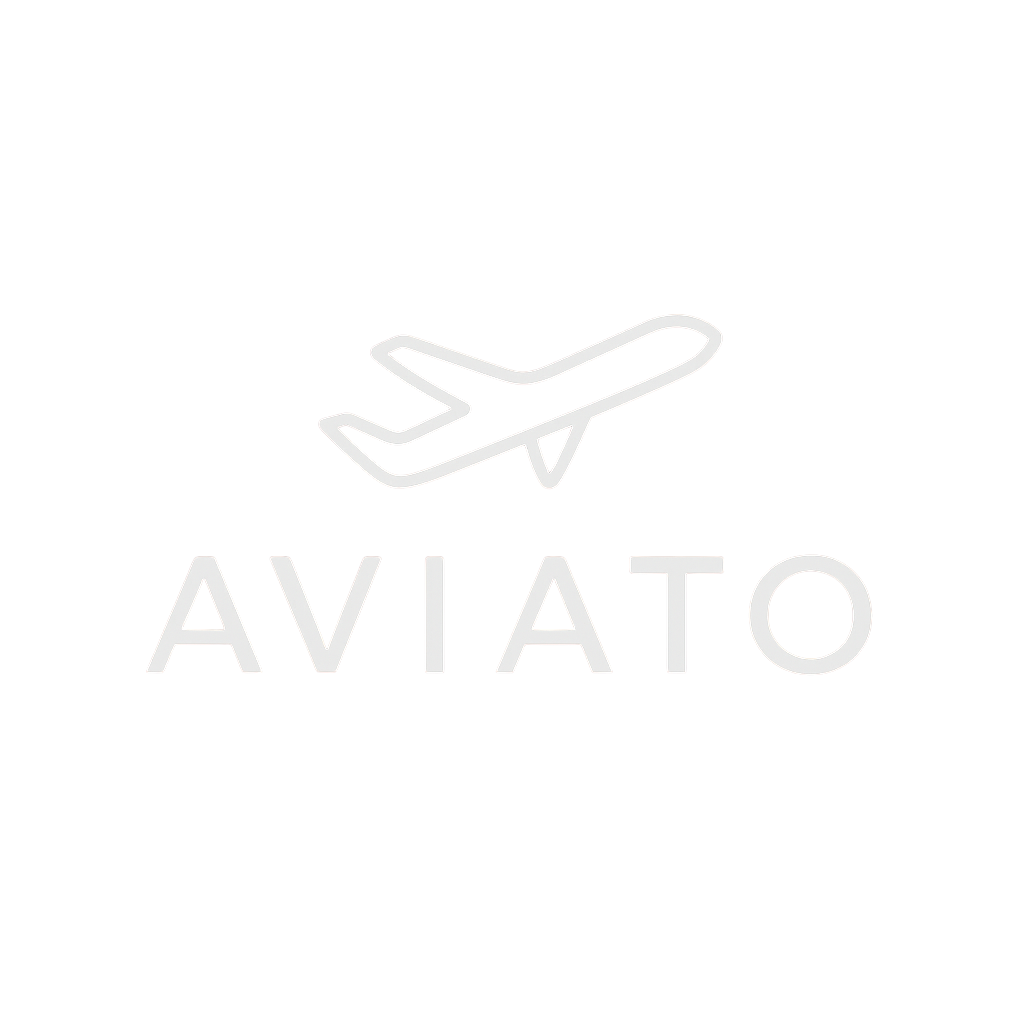IndiGo Deepens Long-Haul Ambitions With Massive Airbus A350-900 Order
Key Takeaways
- IndiGo has placed a firm order for 30 Airbus A350-900 aircraft, accelerating its transition from a domestic low-cost leader to a global long-haul competitor.
- The new A350-900s will enable nonstop flights to Europe, North America, and Asia-Pacific, extending IndiGo’s global footprint beyond short-haul regional routes.
- The wide-body order aligns with India’s booming international travel demand and the government’s goal of establishing the country as a global aviation hub.
- The A350-900’s superior fuel efficiency and advanced composite design support IndiGo’s sustainability and cost-control strategy.
- This expansion puts IndiGo in direct competition with full-service Indian carriers such as Air India and Vistara on key international routes.
IndiGo’s Evolution From Domestic Leader to Global Challenger
IndiGo, India’s largest airline by market share, is taking a decisive step into the global long-haul market with a firm order for 30 Airbus A350-900 aircraft. The announcement signals a dramatic evolution for a carrier that built its reputation on operational discipline, high fleet utilization, and ultra-low fares in India’s hyper-competitive domestic sector.
With this order, IndiGo positions itself to capture India’s rapidly growing outbound travel segment, estimated to exceed 50 million passengers annually by 2030. The A350-900 will give the airline the range and efficiency required to serve high-yield international routes, a market long dominated by Gulf and Southeast Asian carriers.
The A350-900: A Game Changer for IndiGo’s Network Strategy
The Airbus A350-900’s range of roughly 8,000 nautical miles (14,800 km) makes it ideal for connecting Delhi, Mumbai, and Bengaluru to major international cities such as London, Paris, Frankfurt, New York, and Sydney.
Equipped with the Rolls-Royce Trent XWB engine, the A350-900 delivers up to 25% lower fuel burn compared to older generation wide-bodies. This fuel efficiency, combined with IndiGo’s low-cost operating model, gives the airline a potential cost advantage even on ultra-long-haul routes—traditionally the domain of full-service carriers.
The aircraft’s advanced composite structure and modern cabin design also support IndiGo’s long-term sustainability goals, reducing carbon emissions and noise footprints in line with evolving international standards.
Financial and Strategic Impact
IndiGo’s A350-900 order, worth an estimated $9–10 billion at list prices, represents one of the most ambitious investments in the airline’s history. The airline’s strong balance sheet and consistent profitability give it the financial capacity to fund this expansion without jeopardizing its low-cost roots.
The order also strengthens IndiGo’s bargaining position with international airports and regulators as it seeks slots and partnerships in key foreign markets. As India’s aviation sector expands, IndiGo’s wide-body fleet will serve as the foundation for future alliances and interline agreements with global carriers.
Competitive Landscape: Pressure on Air India and Vistara
IndiGo’s entry into long-haul operations directly challenges Air India’s resurgence under Tata Group ownership and Vistara’s premium international network. While Air India focuses on luxury cabin products and a mixed Boeing-Airbus fleet, IndiGo’s strategy centers on efficiency, simplicity, and scale.
Analysts predict that IndiGo’s low-fare model could disrupt long-haul pricing, much like it transformed India’s domestic market over the past decade. This competition could force legacy carriers to rethink their pricing structures and network strategies.
Timeline and Implementation
Deliveries for IndiGo’s new A350-900 fleet are expected to begin within the next two to four years, depending on Airbus’s production schedule. The airline will need to expand pilot training, maintenance infrastructure, and ground operations to support the new fleet type.
Industry observers note that IndiGo is likely to adopt a phased approach, introducing long-haul routes gradually to optimize utilization and maintain its trademark operational efficiency.
FAQs
How many Airbus A350-900s will IndiGo operate after this order?
IndiGo has placed an order for 30 A350-900s, potentially adding to any previously undisclosed wide-body orders. This fleet will mark its first large-scale entry into long-haul operations.
Which routes will IndiGo serve with its A350-900s?
The A350-900’s range enables nonstop flights from Indian hubs to Europe, North America, and the Asia-Pacific region. Likely destinations include London, Frankfurt, Toronto, and Singapore.
When will deliveries begin?
Aircraft deliveries are expected to start around 2027–2028, with full integration over several years depending on production and training readiness.
Will IndiGo remain a low-cost carrier?
Yes. While offering longer-haul flights with upgraded onboard products, IndiGo will maintain a cost-focused model emphasizing efficiency and competitive pricing rather than luxury service.
Why did IndiGo choose Airbus’s A350-900 over Boeing’s 787?
The A350-900 offers a better cost per seat-mile, higher fuel efficiency, and superior range flexibility—making it ideal for IndiGo’s high-density, long-haul network strategy.
✈️ Bottom Line:
IndiGo’s order for 30 Airbus A350-900 aircraft represents a transformational milestone for India’s aviation industry. It positions the carrier not only as the dominant player in domestic skies but also as a rising global competitor capable of connecting India directly to the world’s major capitals—with the efficiency, scale, and discipline that define the IndiGo brand.
.zip%20-%201.PNG)



